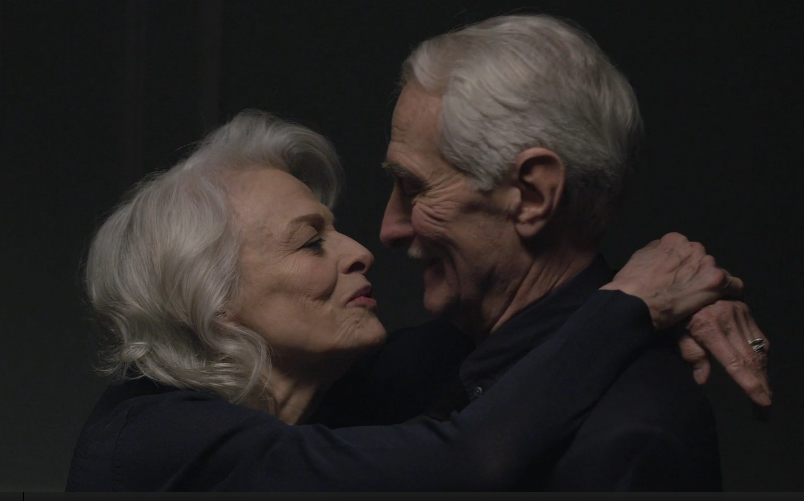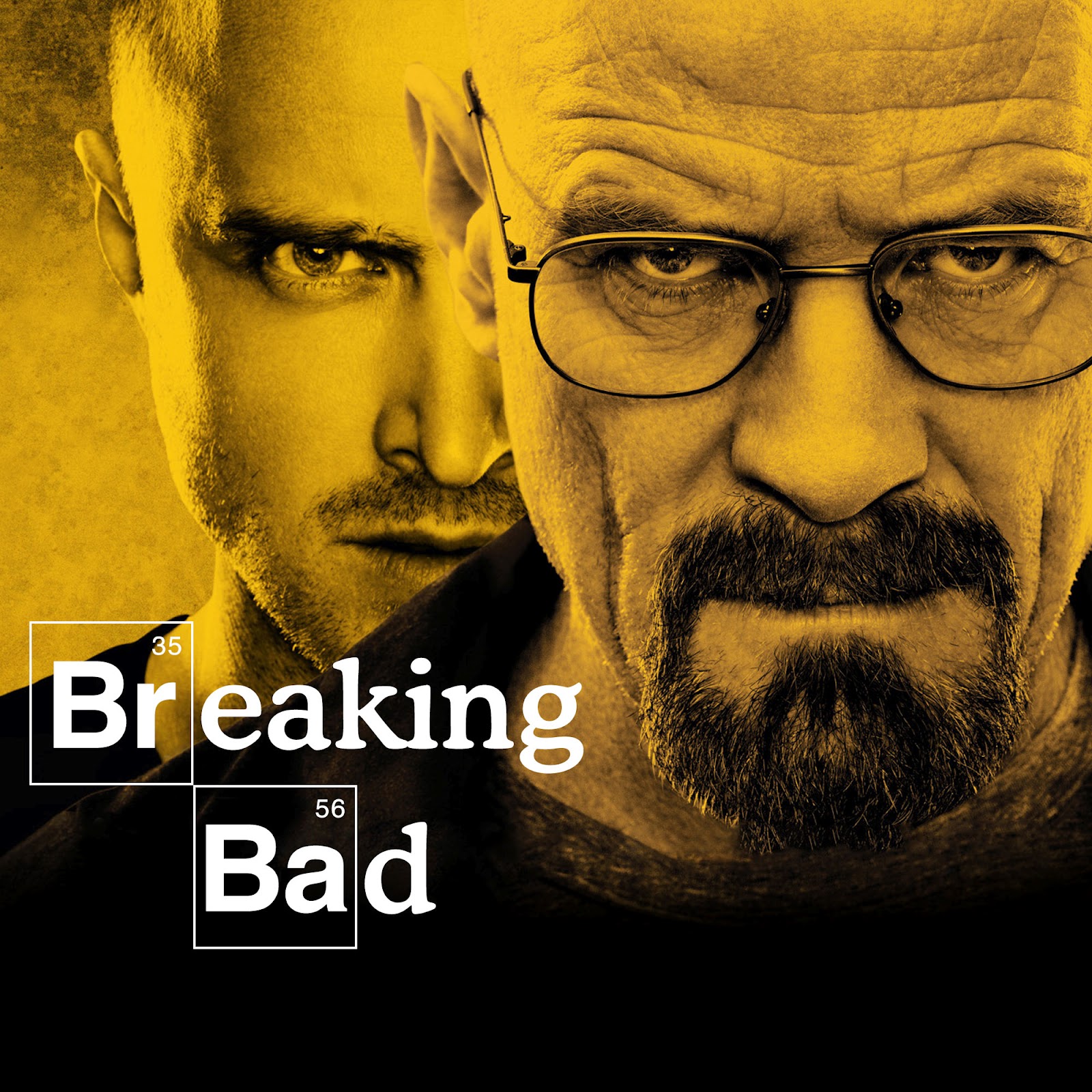Music Video Style and Narrative - “Mirrors” by
Justin Timberlake
As many argue that music videos are a dying
form of entertainment production, their impact on music sales and simultaneous
artistic expression cannot be denied. Contemporary
music video production involves peculiar style and editing that is frequently
composed differently than those of Hollywood films. The music video for Justin Timberlake’s
track, “Mirrors,” stands exemplar in its use of numerous quick cuts, frequent
discontinuity among the narrative, and showcase of the artist.
The video for “Mirrors” is
perfect to illustrate the standard and common style in editing. Music videos, according to Vernallis, are
intended to get viewers to remember the song and then purchase it. Rapid cuts between various angles, even
within the same physical scene, help to excite and arouse a viewer’s mind. Constant attention is demanded by the video
for “Mirrors” due to the pace of the edits, mostly with the rhythm of the song
but not always the same amount of bars within the song. In one scene, the subjects of the narrative
(the couple), are shown in their teen years going through a funhouse. The cuts between many angles along with the
frantic action of the funhouse (confetti, clowns, mirrors) draw viewers in,
captivating their attention as if they were watching this date firsthand. The camera rotating and swaying throughout
the video also adds to the visual noise, which reciprocates the rhythm, beat,
voice, and sounds of the song. The
editing mentioned not only captures the audience’s attention but contributes
the style of the narrative as well.
 |
| Image credits to yahoo.music.com |
Another striking feature of
the music video is found in its vast discontinuity. The video features one couple at three
different stages or ages of their lives; teens, twenties, and old age. However, these stages are not shown in order,
as you might have guessed. The video
begins by showing the elderly couple but through a set of mirrors as you see
her alone at times but then both of them at others. Subsequent scenes show how the two met in
their teen years and their later dates and relationship glimpses. Shots of the elderly couple dancing in slow
motion are interjected within the other younger scenes to further the artful
obscurity. This chronological mix-up,
common to many contemporary music videos, alludes to Hollywood’s use of
flashbacks and flash-forwards. The
directors and producers of this music video clearly intended to tell the story
of this couple and play off the song’s title, “Mirrors,” throughout the
video. The couple’s relationship is
conveyed as passionate, honest, but not always clear. This is suggestive of how one might view
oneself in a set of mirrors as if in a funhouse. This very idea is used later on in the video
as the artist is revealed.
An atypical aspect of this
production is seen in how the artist, Justin Timberlake, is not displayed until
near the end of the video. This is quite
different from many other music videos which show shots of the artist(s) at
numerous instances to break up the narrative.
The video for “Mirrors” decides to show the narrative first and the
artist second, prioritizing the message of the video over the performance of
the song itself. It is not until five
minutes and 44 seconds that Justin Timberlake appears in the video.
He is shown as separate from the narrative of
the couple but connected through the use of the falling wedding ring into his
outstretched hand. The video then
concludes with some passionate, interesting, and stylish dancing among a mirror
maze accompanied by some funhouse actors.
This last scene is included to showcase the star artist, Justin
Timberlake, as well as make the emotional connection that the video was about
his grandparents as the beginning caption, “to William and Sadie,” suggests.
 |
| Image credits to eonline.com |
The
music video for Justin Timberlake’s song, “Mirrors,” adheres mainly to
conventional stylistic standards for the medium. Its showcase of the artist, use of quick
edits, and narrative discontinuity combine to collect viewers’ interest in the
video, and thus the song. One could
argue for its artistic presence and intent in the world of sharing and liking
online. However, business is business,
and this pop production does business well.
AND.....BRING IT ON DOWN TO LIQUORVILLE!
 |
| Image credits to nbc.com |


